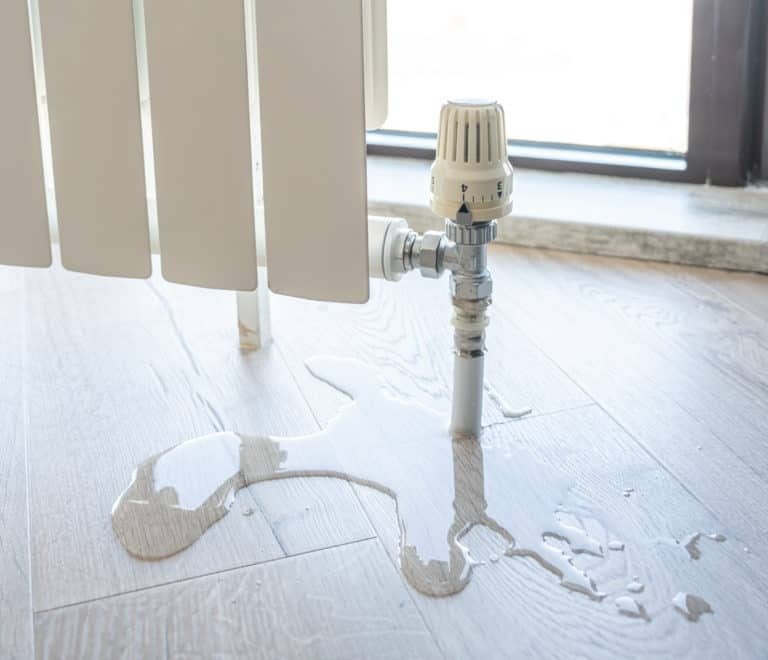We have noticed this post relating to How to Repair and Prevent Bathroom Water Damage? directly below on the internet and believe it made good sense to talk about it with you over here.

Water damage often takes place in the washroom as a result of the water made use of everyday. In some cases, the damage could be a little mold from the shower. Other times, it's huge damage on your flooring. Whatever it is, it is constantly great to understand the cause and prevent it prior to it happens.
This guide will certainly experience several of the typical reasons for water damage in the restroom. We will also analyze what you can do to avoid these reasons from damaging your bathroom. Allow's dive in.
These are the usual reasons you would have water damage in your washrooms as well as exactly how you can spot them:
Excess Moisture
It's cool to have that lengthy shower as well as splash water while you hem and haw and imitate you're doing, but in some cases these acts might cause water damage to your restroom.
Splashing water around can create water to visit corners and also develop molds. View just how you spread excess moisture around, and when you do it, clean it up to stop damages.
Cracks in your wall floor tiles
Washroom wall surface ceramic tiles have been particularly developed for that purpose. They shield the wall from dampness from individuals taking showers. However, they are not indestructible.
Occasionally, your restroom wall surface tiles split as well as permit some wetness to seep right into the wall surface. This could possibly destroy the wall surface if you don't take any type of activity. If you discover a split on your wall tiles, repair it instantly. Do not wait until it damages your wall.
Overflowing commodes and sinks
As people, sometimes we make mistakes that might create some water damage in the restroom. For instance, leaving your sink faucet on might create overflowing as well as damages to various other parts of the bathroom with wetness.
Likewise, a faulty bathroom can cause overruning. As an example, a broken bathroom manage or other parts of the tank. When this takes place, it can harm the flooring.
As soon as you see an overflowing sink or toilet, call a plumbing to aid manage it quickly.
Burst or Dripping Pipelines
There are lots of pipelines carrying water to different parts of your bathroom. Some pipes take water to the toilet, the sink, the faucets, the shower, and many various other locations. They crisscross the little location of the shower room.
Every now and then, these pipelines might get rustic and burst. Other times, human action can trigger them to leakage. When this takes place, you'll find water in the edges of your shower room or on the wall.
To find this, watch out for bubbling wall surfaces, molds, or mildew. Call a professional emergency situation plumbing technician to repair this when it happens.
Roofing Leaks
Occasionally, the issue of water damage to the washroom might not originate from the washroom. As an example, a roof covering leakage might create damages to the shower room ceiling. You can find the damage done by looking at the water stains on the ceiling.
If you locate water discolorations on your ceiling, inspect the roofing system to see if it's damaged. After that, call an expert to help address the concern.
Final thought
Water damage to your shower room can be frustrating. Nevertheless, you can handle it if you protect against several of the reasons stated in this guide. Call a professional emergency situation plumber if you see any type of severe damage.
How to Repair a Water-Damaged Wall in the Bathroom
All you need to know to repair bathroom wall water damage – from identifying the water source to finishing the repair professionally. If you don’t act quickly to resolve a water damage problem, you could find that it develops into a mold issue and/or cause structural damage to your home. Follow this guide to repair your bathroom before it's too late.
All you need to know to repair bathroom wall water damage
Water damage is a common household problem, and one that, if left unrepaired, can quickly lead to structural problems and health issues. The two most likely rooms where water damage may occur is the bathroom and the kitchen – where water is used often and there is high humidity.
What is water damage?
It is easy to think of water damage as caused by a flood or leaking tap or burst water pipe. However, when water damage is assessed, there are three main categories into which water falls (as classified by the American National Standards Institute). These categories are defined as:
Category 1 Water – ‘Clear Water’
This is sanitary water. There is usually no major threat to health by washing with this water, drinking it, or inhaling if it is streaming. Most water that enters your home will be category 1 water, while most water leaving your home will be either category 2 or 3 water. It may also come from melting snow, rainwater and water tanks.
Damage caused by this type of water can usually be repaired or restored, though this doesn’t mean that there are no potential health issues.
Category 2 Water – ‘Grey Water’
This is contaminated water – sometimes considerably so – and will cause illness if consumed or if it comes into contact with your skin. Water damage in this category is often caused by overflows from toilet bowls, and damage to washing machines and dishwashers. While damaged items might still be repaired or restored after damage by grey water, it is more difficult and more expensive to do so.
If the water damage in your home has been caused by grey water, it is advisable to have repairs made by professionals.
Over time, grey water will deteriorate and become black water.
Category 3 Water – ‘Black Water’
Category 3 water, also known as black water, is highly contaminated and a great risk to health. This may contain raw sewage, heavy metals, and other toxic substances. It will smell terrible.
If this is the water that has caused damage in your bathroom, do not touch it. Stop the water flowing if possible, seal the room and call the experts: it really isn’t worth the risk of ill health and disease that could be fatal. It is very unlikely that items can be repaired or restored if they have been damaged by black water.
https://www.porterscleaning.com/blog/how-to-repair-a-water-damaged-wall-in-the-bathroom/

We hope you enjoyed reading our article on How to Repair and Prevent Bathroom Water Damage?. Thank you for taking time to browse our piece of content. Sharing is good. One never knows, you may be helping someone out. We enjoy reading our article about How to Repair and Prevent Bathroom Water Damage?.
Tap issues? Ring!
 Brian Bonsall Then & Now!
Brian Bonsall Then & Now! Marques Houston Then & Now!
Marques Houston Then & Now! Michael Fishman Then & Now!
Michael Fishman Then & Now! Barry Watson Then & Now!
Barry Watson Then & Now! Meadow Walker Then & Now!
Meadow Walker Then & Now!